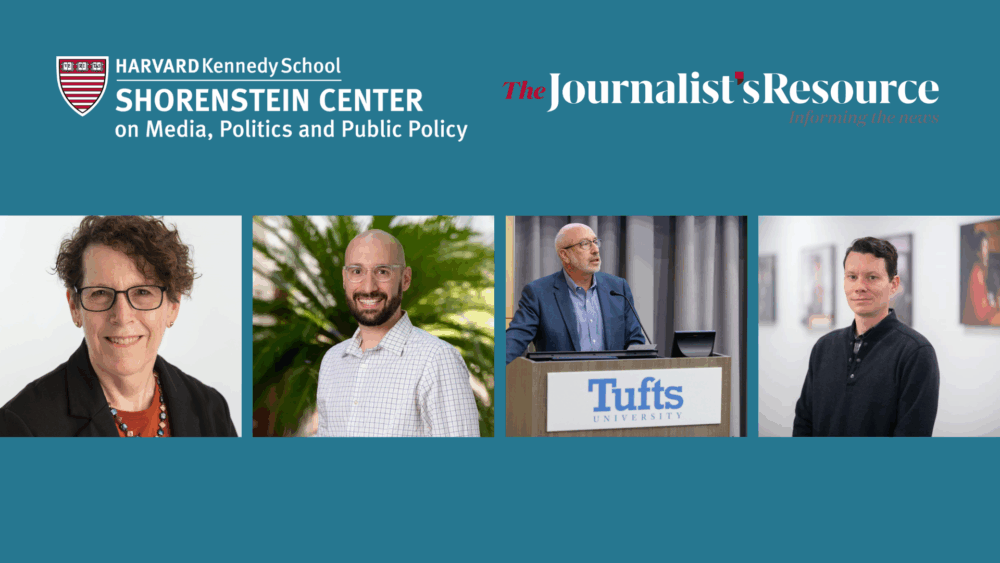
Explainers, Podcasts, Videos
Unlocked: Who controls the National Guard?
Reports & Papers

Shorenstein Fellow, Spring 2013
Political writer, The Washington Post
With the abundance of data available now, it’s easy to lose sight of the overarching reality that otherwise competitive presidential races often turn on trust. “This is the age of authenticity,” says former Bill Clinton and Al Gore aide Chris Lehane, who speaks often about how the few candidates who show some are rewarded by voters. But as Lynn Vavreck writes in The Message Matters, which describes how candidates can and do over- or under-perform what you’d expect based on the economy, “We have missed the forest for the trees — so many trees” and paid “so little attention to the forest.” And most candidates, in Lehane’s experience, wind up with a classic forest-for-the-trees problem: “They’re handcuffed by having almost too much research data, and Gore was a perfect example of that.”
Something as broad, basic and old-fashioned as trust is often neglected by campaigns obsessed with the speed and specificity made possible by new technology. Modern-day media campaigns essentially follow the political equivalent of the strategies described in Michael Lewis’s 2003 book Moneyball: The Art of Winning an Unfair Game, which describes how the traditional intuitive and even statistical approaches to appraising players have been supplanted by “sabermetric” analytics that exploit previously undervalued strengths, like on-base percentage, to get an edge over even rivals with deeper pockets. Today, every subject line in a donor email is poll-tested, every image and word released by campaigns at the presidential level is not only manufactured, but insofar as possible, delivered directly to voters, many of whom see no advantage, either, in receiving political messages through a “media filter.” There are dangers, though, in losing sight of the bigger picture while micro-targeting ever narrower demographic groups with ever greater precision.

Explainers, Podcasts, Videos

Videos

Explainers, Podcasts, Videos